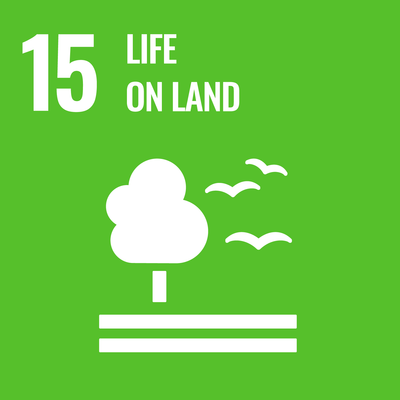Isle of Islay, Argyll and Bute, Scotland
Duich Moss
Duich Moss
Duich Moss is a significant peatland restoration project on Islay, situated between the River Laggan and north of the Duich River. Restoration efforts here are crucial to rewetting the area, reversing erosion, and safeguarding its designation as a Site of Special Scientific Interest (SSSI).
Couldn't load pickup availability
Unsure of how much to contribute? Use our handy calculator
View full detailsProject highlights
About the project
Duich Moss, a low-domed bog dominated by heather, is both a Ramsar site of international importance and a designated Site of Special Scientific Interest (SSSI). Historically, peat extraction occurred here until the 1980s, with significant controversy arising in 1985 when plans to expand extraction led to a confrontation with environmentalists known as the ‘Battle of Duich Moss.'
Today, restoration efforts focus on rewetting the area to prevent further erosion. The site features deep peat, watercourses, and diverse vegetation, transitioning from blanket bog to raised mire. It also serves as a key roosting site for Greenland white-fronted geese.
Project stats
- Ha restored: 213
- TCO2 avoided (expected over contract): 32,601
- Restored: Winter 2022
Credit Type
Pending Issuance Units (PIUs). As we do not charge VAT on this project, you cannot claim carbon neutrality or to have achieved net-zero from supporting it. If you would like to make "neutrality" or net-zero claims, please contact us directly.








Additional Benefits

Improved water quality

Flood mitigation

Biodiversity uplift







Project details
Technology, mechanism and certifications
This peatland is accredited by the IUCN Peatland Code.
Reduction type
Avoidance
Project duration
This project’s crediting period is 100 years. Please refer to the Peatland Code’s website for more details on risk management and permanence criteria.
SDGs


FAQs
Why do peatlands need to be restored?
Due to decades of intensive land management practices like drainage, farming, pollution, and peat extraction, 80% of UK peatlands are damaged (ONS). This degradation causes them to dry out and release large amounts of greenhouse gases, previously stored for centuries. In 2017, UK peatlands emitted an estimated 23 million tonnes of CO2e, contributing around 5% of the UK’s total greenhouse gas emissions. Learn more about peatlands and peatland restoration, and find sources for those stats, on our Knowledge Base.
Who is ‘Forest Carbon’?
We are one of the UK’s most established and experienced woodland and peatland project developers; between 2006 - 2022 we were responsible for 4% of all woodland creation in the UK. We’ve been around since before there was even a standard in place to regulate the sale of carbon credits, so we helped to develop one. You can read more about this on our main site.
Looking to support a whole project? Need more than 300 tCO2?
For larger programmes where carbon credit volume requirement is above 300 tCO2e, please get in touch with us directly. Our expert team is ready to help you create customised portfolios that seamlessly support your carbon initiatives and CSR goals.